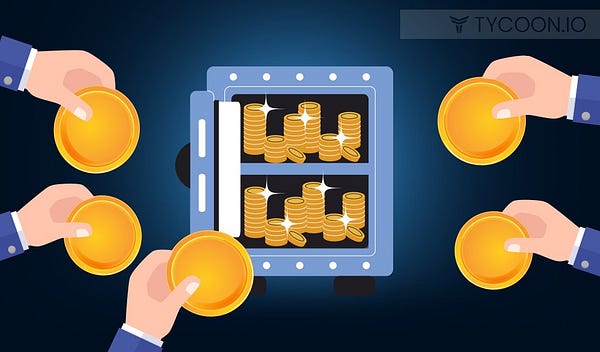You built a Web3 game. Players are having so much fun that they are willing to spend money on pay-to-progress or cosmetic premium items (stronger weapon, extra life, skipping waiting time, premium skins, gatchas) just like in F2P games.
For simplicity, let’s assume that none of these premium items are NFTs or tokens.
What monetization options do you have?
Option 1: Charge One-Off Purchases in Fiat/Token/NFT
If you charge in token/NFT, you would introduce a sink for that asset. If you charge in fiat; you can always use the fiat to spend more on traditional user acquisition or you can buy back the token/NFT. We talk about the implications of charging in fiat vs token in Token Value Accrual.
Above is an example of a player spending $60 on IAPs over a 3-month period. This is the traditional F2P monetization method. The developer generates $60 and owes nothing to the player other than providing consumable gaming content.
Option 2: Battle Pass / Subscriptions
As a proud Fortnite battle pass subscriber, I’ve managed to unlock the Darth Vader skin by passing several quests in a given season.
In this example, the player still spends $60 on premium items mbut via the battle pass subscription rather than purchasing one-off. Compared to one-offs, battle passes offer a cost-effective, gamified way to acquire items for players and a more predictable, recurring revenue channel for game developers. Check out Javier Barnes’ great article on F2P Battle Passes to learn more about them.
Option 3: Staking
Staking used to have a technical utility as explained in Cobie’s piece. Staking in Web3 gaming is about bribing holders so they don’t sell their tokens/NFTs.
In our example, an NFT holder gets access to premium items for free by not selling the NFT. At first glance, staking seems similar to other options. The player would still need to spend money to get those items. But digging deeper, you realize that staking is not a revenue channel, it is a loan incurred by the game developer.
How?
Let’s check the below example
In this example, the player spends $60 upfront to purchase an NFT from the game developer. The player stakes the NFT for a 3-month period, receives premium items for free and then sells the NFT for $40. IAPs essentially cost the player only $20!
Since NFTs are tradable, the player can sell the NFT once he decides he doesn’t want to consume new premium items. The subsequent player has the opportunity to purchase the NFT from the secondary market at $40 (vs $60 from the developer).
We assume that NFTs in this example have an infinite supply and can be minted from the developer at a fixed price of $60.
The developer generates $60 from the initial players in all 3 monetization methods. The developer can generate $120 from 2 players if the monetization method is one-offs or battle passes. However, the developer can generate only $60 (+$2 optional royalties) from 2 players in the staking method.
Staking is a LOAN not REVENUE


Hybrid Battle Pass NFTs
A potential solution is a hybrid between a traditional battle pass and an NFT. The Hybrid Battle Pass NFT would have a temporary lifespan of 3 months and would give access to certain benefits (premium items, raffles, tournaments, etc.).
The NFT would be tradable during the 3-month period but would be automatically burnt at the end of 3 months. Speculative activity and price volatility would be relatively limited as the NFT would have minimal value accrual features.
Final Words
Why give out premium items for less than what they are worth? Why leave money off the table in the name of a “community-driven economy” when in reality you are building an unsustainable economy and an unprofitable business that will cease to exist as it won’t be able to self-finance itself?
Excess economic rent should not accrue to players unless they are adding value, it should accrue to the developer who can reinvest proceeds into making the game better.
Now this doesn’t necessarily mean that all staking is bad. We kept assumptions extremely basic here to focus on key concepts but there are a few staking design that can actually add more net value than battle passes.
Keep this in mind; if you exercise staking to give away premium items that could have been sold via battle passes, you will cannibalize recurring revenue from battle passes.
Another question is whether assets bought via IAPs or Battle Passes should be tradable items (token/NFT) or not. But that is a topic for another article.
None of this is financial or legal advice. If you want Vader Research to consult with your team on web3 game economy design, reach out to Vader Research.






